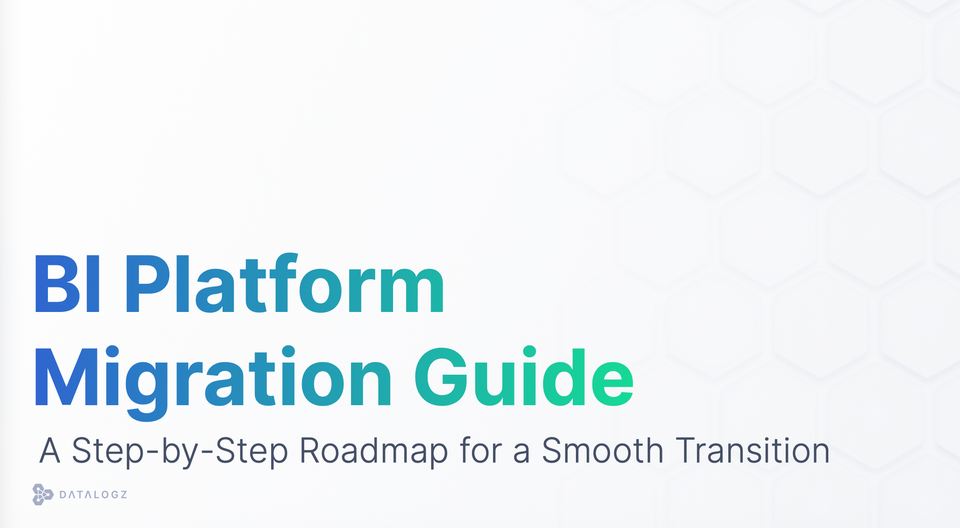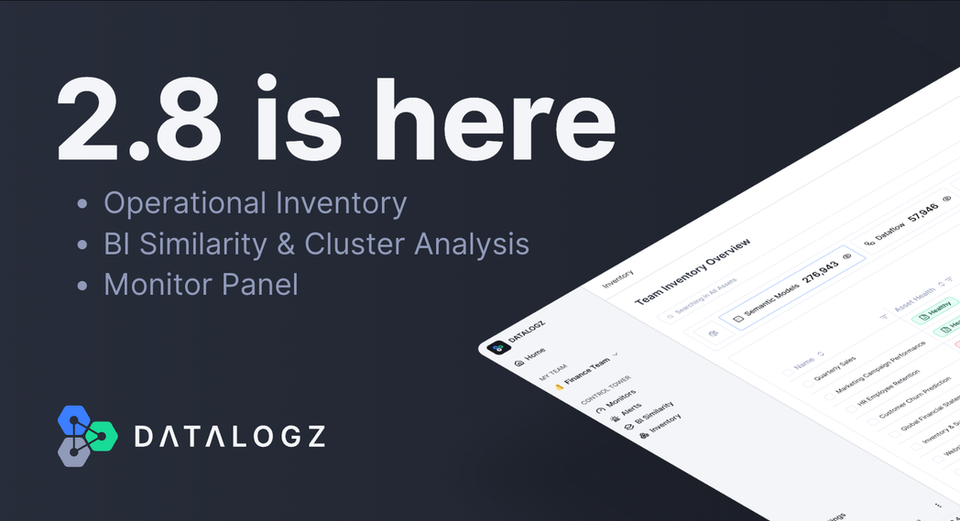The Key to Clarity: Best Practices for Streamlining Data Reporting
Discover the best practices for streamlining data reporting, including maintaining data quality, setting clear reporting goals, leveraging automation, and implementing a robust data governance framework. These strategies can unlock valuable insights and drive informed decision-making.

Data reporting plays a critical role in modern business operations, serving as the cornerstone of informed decision-making. However, as the volume of data within organizations grows, the process of data reporting can quickly become convoluted and inefficient. This blog post explores best practices for streamlining data reporting, ensuring a smooth flow of insights that can propel your business forward.
Prioritizing Data Quality
Maintaining the quality of data is the first step toward streamlined reporting. Irrespective of the volume of data your organization handles, your reports will fail to deliver accurate insights if the data quality is compromised. It’s imperative to have protocols in place to ensure data accuracy, consistency, and completeness.
Routine data audits and using automated data cleansing tools can help identify and correct errors, duplicates, and inconsistencies. Integrating these practices into your data management strategy will enhance the quality of your reports and foster trust in the data among the users.
Establishing Clear Reporting Goals
Before diving into data analysis and report generation, defining clear objectives is essential. Understanding what you aim to achieve from a report will guide the data extraction, analysis, and presentation process. It prevents the inclusion of irrelevant data, reduces complexity, and ensures that the report serves its intended purpose.
To establish effective reporting goals, consider the needs of the report users, the questions the report should answer, and the actions it should inform. Clear goals will help align your reporting process with the broader business objectives and enhance the report’s value to the end-users.
Leveraging Automated Reporting Tools
One of the most efficient ways to streamline data reporting is by leveraging automation. Automated reporting tools can extract, process, and analyze large volumes of data more accurately and swiftly than manual methods. These tools can also generate visually appealing reports, making the insights easy to understand and share.
Moreover, automated reporting tools often come with scheduling features, allowing reports to be generated and distributed at predetermined times. This ensures timely access to insights, enabling swift decision-making. However, while choosing an automated reporting tool, ensure it aligns with your reporting needs and integrates well with your existing data infrastructure.
Implementing a Robust Governance Framework
Governance plays a crucial role in streamlining data reporting. A robust data and BI governance framework ensures standardized data definitions, consistent data handling practices, and clear roles and responsibilities regarding data management.
Such a framework not only enhances the integrity and consistency of reports but also simplifies compliance with data-related regulations. Furthermore, it helps avoid misinterpretation of data by providing users with a clear understanding of data definitions and context.
In conclusion, streamlining data reporting is a multifaceted process that involves maintaining data quality, establishing clear reporting goals, leveraging automation, and implementing robust data governance. By adhering to these best practices, organizations can unlock valuable insights, facilitate informed decision-making, and drive business growth. Remember, streamlined data reporting isn’t an end goal but an ongoing process that evolves with your business needs and data landscape.



